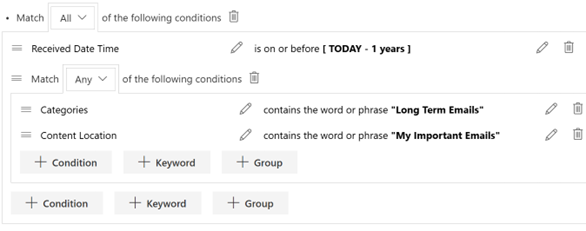Files plans, aka records classification systems, are a tool used to organize records. Humans have used file plans for centuries to store, retrieve and dispose of their records. As technology has evolved, so has the structure and opportunity of the file plan structure.
This article will cover exactly that, listing out:
- The History of File Plans
- File Plan Types
- Common File Plan Challenges
- Solutions to Streamline and Modernize Your File Plans
Note: this is a basic summary but we dive deeper, further breaking down the future of file plans and demonstrating several methods for modernizing your organizational file plan in our Modernizing File Plans webinar session. You can access this recording for free at the bottom of this article.
The History of File Plans and Technology
Recordkeeping through the centuries:
Early Paper
- Small-ish in count, no need for structured file plans
- Short life span
- Strategy for longevity, protection and findability was copies
1800s
- Paper records explode!
- Record-keeping legislation starts in 1830s-40s
- Copies still a key strategy
1900s
- Paper records continue to grow
- Easier to access
- Large department-driven file plans
- Repeating topics between departments (redundancies)
- File plans often large & complex (still some like this to this day)
Evolution of Records Management Technology
1900s
- Early computers were tabulating machines for data such as immigration, census
- Built for records!
1980s
- Formal software for Document Management
- Organized by department
1990s
- Formal Records Management (RM) systems
- Mostly manual classification
- Typically low usage and adoption
- Lots of misclassification
2000 - 2010
- UX focus with growth of collaboration systems
- Separate RM and DM systems with expensive integration
- Declaration timing became important
In-place RM was a leap forward
- In-place records management introduced in SharePoint 2010
- Improvement in user experience which drives adoption
- Declaration means locking down and prevent editing
- File plans started to become abstract: file plans didn’t necessarily dictate where content was stored, but were classifications for content regardless of storage location
File Plan Types
Electronic file plans:
- Based on departmental file plans which were large, hard to restructure, and contained repeating categories
- Typically people classified content after document completion or collaboration
- People often “forgot” to place records in the system
- People often misclassified items against the file plan
Functional file plans
- Removed repeating topics by streamlining over multiple departments
- Smaller (100’s of categories)
- Less need to restructure over time
- Still… lots of misclassified content
Big-box file plans
- Attempted to make the file plan as simple as possible
- Combined similar topics
- Smaller (dozens of categories)
- No need to restructure over time
- Less misclassified content
Common File Plan Challenges
The problems with small file plans...
- Less descriptive, which impacts findability of content
- Harder to manage in a collaborative solution because document types have different needs
- More work at the end of the content’s lifecycle for disposition approval — who’s the OPR (Office of Primary Responsibility)?
- File plan is missing information (aka: a collaboration window, shown below). You don’t want to declare too early or too late, since users will either avoid using this systems and/or content will be put at risk.=

Solutions to Streamline and Modernize Your File Plans
For the problems mentioned above, we'd recommend the following two solutions...
1. To add the collaboration window, users can increase the file plan size (big bucket ---> functional)
2. Automation (classification, declaration) to increase our accuracy: AI, or managing trusted copies. Using cloud systems, such as Collabspace, allows scalability and allows users to automatically manage historical copies of content.
Summary
As discussed, records management and file plans have evolved extensively through the ages and ultimately, come full circle. While there are several different options for how to structure file plans, common challenges with findability, management and extra work allotted to OPRs can be addressed by increasing your file plan size and automating your organization's file plan with AI and cloud technology. We show exactly how to do this in our webinar session, How to Modernize Your File Plan. Access that recording for free, here:





